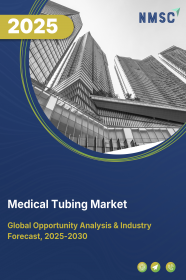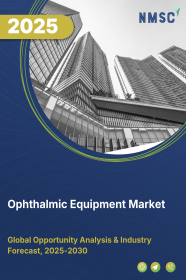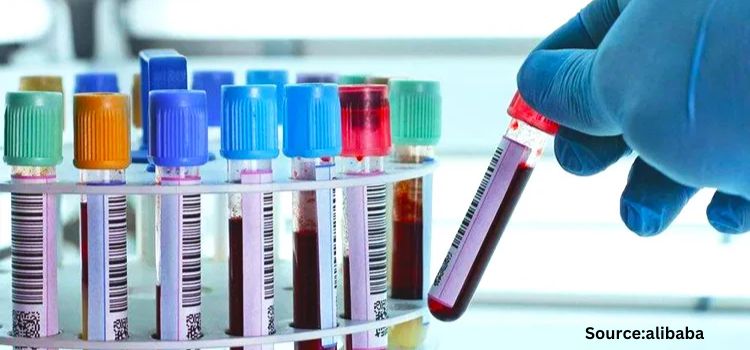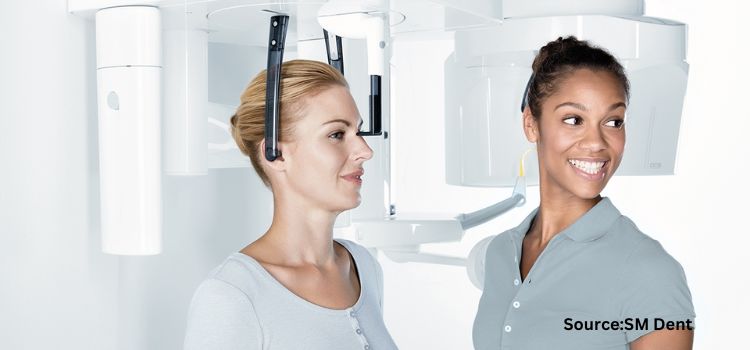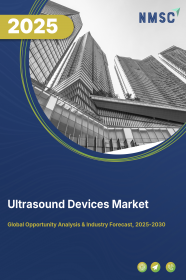
Ultrasound Devices Market by Type (Stationary Ultrasound, and Portable Ultrasound), by Application (Anesthesiology, Cardiology, Gynecology/Obstetrics, Musculoskeletal, Radiology, Critical Care, and Others), by Technology (2D Ultrasound Imaging, 3D and 4D Ultrasound Imaging, Doppler Imaging, and High-Intensity Focused Ultrasound), by End-User (Hospitals, Diagnostic Imaging Centers, Ambulatory Surgical Centers, Clinics, and others) - Global Opportunity Analysis and Industry Forecast 2025-2030
US Tariff Impact on Ultrasound Devices Market
Trump Tariffs Are Reshaping Global Business
Ultrasound Devices Market Overview
The global Ultrasound Devices Market size was valued at USD 10.19 billion in 2024 and is predicted to reach USD 13.45 billion by 2030 with a CAGR of 4.7% from 2025-2030.
Factors such as growing chronic or non-communicable disease around the world along with growing old-age population drives the growth of the market. However, risks of misdiagnosis impose significant challenges to the market expansion. On the other hand, implementation of AI and ML technologies offers promising future opportunities to enhance the ultrasound devices industry.
Top players such as GE HealthCare, Samsung Healthcare, PIUR IMAGING are taking various initiatives such as product launch and partnerships as a method in the growth process towards making market place secure as well as the enlargement of products into an innovation-friendly environment of health care ultrasound. With the advancing technology of AI and ML, more emphasis is being placed on developing advanced ultrasound diagnostic devices with better precision and results. As this market is becoming more mature, increased demand for an advanced and accurate ultrasound equipment will further boost growth.
Epidemic Trend of Chronic or Non-Communicable Disease Globally Boosts Growth in the Market
The increase in number of chronic or non-communicable diseases globally drives the demand of ultrasonography diagnostic testing. With the rise in the number of diseases, the demand of ultrasound devices is on the rise, as this diagnosis detects the disease at an early stage, thereby fuelling the demand of ultrasound devices.
For instance, the World Health Organization reported that almost three-quarters of annual deaths every year is caused by chronic or non-communicable diseases. As the number of NCDs continues to increase, the need for ultrasound device in identifying and treatment these conditions at an early stage is on the rise, thereby boosting the ultrasound devices market expansion.
Growing Old Aged Population Drives the Market Growth
The demand for ultrasound devices is driven by the increase in the old aged population who are more prone to vulnerable diseases due to their weaker immunity. Ultrasound machines are proving to be highly vital in hospitals and diagnostic centers for their comprehensive treatment procedures.
According to a report in October 2024 by the World Health Organization, by 2030, 1 out of every 6 people will be of age 60 or above. Also, the proportion of people aged 60 and older will be doubled and account for 2.10 billion by 2050. This rise in the number of geriatric populations is poised to drive the need for advanced medical diagnostics and treatment, that in turn boosts the ultrasound devices market growth.
High Cost Associated with the Diagnosis Hinders the Market Growth
The ultrasound device market is facing significant challenges primarily due to the high costs associated with purchasing and maintaining ultrasound equipment, as well as a shortage of skilled radiologists. Together, these factors significantly restrain the growth of the ultrasound market, necessitating innovative solutions to improve accessibility and workforce training in the healthcare sector.
Integration of AI and ML Create Future Opportunities
The reshaping of healthcare practices across different areas through technologies such as the integration of artificial intelligence and machine learning integrated in ultrasound devices solutions is anticipated to create future growth opportunities for the market. This integration is anticipated to minimize human error and early detection of diseases, leading to improved patient condition.
Market Segmentation and Scope of Study
The global ultrasound devices market report is segmented on the basis of type, application, technology, end-user and region. Based on type, the market is classified into stationary ultrasound and portable ultrasound. Based on the application, the market is segmented into anaesthesiology, cardiology, Gynaecology/ Obstetrics, Musculoskeletal, Radiology, Critical Care, and Others. On the basis of technology, the market is categorized into 2D Ultrasound Imaging, 3D and 4D Ultrasound Imaging, Doppler Imaging, and High-Intensity Focused Ultrasound. On the basis of end-user, the market is categorized into, hospitals, diagnostic imaging centers, ambulatory surgical centers, clinics, research and academia. Geographical breakdown and analysis of each of the aforesaid classifications include regions comprising of North America, Europe, Asia-Pacific, and RoW.
Geographical Analysis
North America region dominates the ultrasound device market share, primarily because of the results from the increased health care spendings in the countries such as U.S. and Canada.
According to the report from the Centers for Medicare & Medicaid Services, the U.S health care spending increased at 7.5 percent of throughout 2023, reaching USD 4.9 trillion, that is USD 14,570 on average per the person. Such huge number in health spending drives the market for medical devices and instruments such as ultrasound devices in the United States.
Further, the increase in the number of individuals suffering from chronic liver diseases in the United States drives the demand for ultrasound devices as it is a primary device to detect any disease or disorder in the abdominal cavity. According to a report published by American Liver Foundation, more than 100 million people in the US have been diagnosed with liver disease. Such rise in the number of people fuels the demand of ultrasound devices.
In addition, the Asia-Pacific region witnesses huge growth in the ultrasound devices industry with the increase in its old aged population as old aged individual are more prone to life threatening disease.
According to a report published by the World Health Organization, the population in the South-East Asia region is ageing rapidly. This percentage of those aged 60 or above stands at 9.8% for 2017 and it is anticipated that by 2030, it will be 13.7%, and 20.3% by 2050. This drives demand for the health care industry specifically in medical equipment such as ultrasonic devices used in different hospitals and diagnostic centers.
Moreover, presence of prominent ultrasound manufactures such as Shenzhen Mindray Bio-Medical Electronics Co., Ltd., Canon Medical Systems Corporation and others drives the demand for the market in the Asia-Pacific region as it drives innovation, accessibility and adoption of medical imaging technology. Their investment and product advancements make Asia-Pacific as one of the fastest growing regions in ultrasound devices market globally.
Competitive Landscape
The ultrasound device industry includes several key market players such as GE HealthCare, Shenzhen Mindray Bio-Medical Electronics Co., Ltd., Siemens Healthineers AG, CANON Medical Systems Corporation, Fukifilm Europe GmbH, Hitachi, Ltd., Koninklijke Philips NV, Samsung Heathcare, Esaote SPA, Butterfly Network, Inc., Rivanna Medical, Inc., Hologic, Inc., CHISON Medical Technologies Co. Ltd., CIMON Medical AS, and Clarius. These market players are adopting various strategies such as product launch and collaboration to maintain their dominance in the global ultrasound devices market.
For instance, in September 2024, GE HealthCare launched Venue Sprint, enhancing Venue ultrasound systems and a new solution setting the pace of point-of-care ultrasound (POCUS). The Venue Sprint is a new ultrasound device designed for maximum portability that combines the powerful, familiar Venue software and AI-enabled tools, uncompromised image quality, and wireless probe capability with Vscan Air hand help ultrasound system. This product launch will allow GE Healthcare to extend their ultrasound devices business globally.
Also, in December 2024, Samsung Healthcare launched new obstetrics and gynaecology ultrasound diagnostic system, HERA Z20. Samsung proposed paediatric integrated solution encompassing the entire range of its medical diagnostic devices. Through this product launch, the company aims to facilitate more accuracy and better diagnostic and additional features in the sector of healthcare.
Moreover, in February 2024, PIUR IMAGING and GE HealthCare collaborate to advance innovation with 3D thyroid ultrasound imaging. Combining the PIUR IMAGING breakthrough in tomographic 3D imaging for thyroid examinations with the market-leading GE HealthCare ultrasounds console. This new collaboration aims to forge an integrated innovation engine to advance the practice of radiology and care to patients worldwide.
Key Benefits
-
The report provides quantitative analysis and estimations of the ultrasound devices market from 2025 to 2030, which assists in identifying the prevailing industry opportunities.
-
The study comprises a deep-dive analysis of the current and future ultrasound devices market trends to depict prevalent investment pockets in the industry.
-
Information related to key drivers, restraints, and opportunities and their impact on the ultrasound devices industry is provided in the report.
-
Competitive analysis of the key players, along with their market share is provided in the report.
-
Value chain analysis in the market study provides a clear picture of roles of stakeholders.
Ultrasound Devices Market Key Segments
By Type
-
Stationary Ultrasound
-
Portable Ultrasound
By Application
-
Anaesthesiology
-
Cardiology
-
Gynaecology/ Obstetrics
-
Musculoskeletal
-
Radiology
-
Critical care
-
Other applications
By Technology
-
2D Ultrasound Imaging
-
3D and 4D Ultrasound Imaging
-
Doppler Imaging
-
High-Intensity Focused Ultrasound
By End-User
-
Hospitals
-
Diagnostic Imaging Centers
-
Ambulatory Surgical Centers
-
Clinics
-
Research and Academia
By Region
-
North America
-
The U.S.
-
Canada
-
Mexico
-
-
Europe
-
The UK
-
Germany
-
France
-
Italy
-
Spain
-
Denmark
-
Netherlands
-
Finland
-
Sweden
-
Norway
-
Russia
-
Rest of Europe
-
-
Asia-Pacific
-
China
-
Japan
-
India
-
South Korea
-
Australia
-
Indonesia
-
Singapore
-
Taiwan
-
Thailand
-
Rest of Asia-Pacific
-
-
RoW
-
Latin America
-
Middle East
-
Africa
-
Key Players
-
GE HealthCare
-
Shenzhen Mindray Bio-Medical Electronics Co., Ltd.
-
Siemens Healthineers AG
-
CANON MEDICAL SYSTEMS CORPORATION
-
FUJIFILM Europe GmbH
-
Hitachi, Ltd.
-
Koninklijke Philips NV,
-
Samsung Healthcare
-
Esaote SPA
-
Butterfly Network, Inc.
-
Rivanna Medical, Inc.
-
Hologic, Inc.
-
CHISON Medical Technologies Co., Ltd.
-
CIMON Medical AS
-
PIUR IMAGING
REPORT SCOPE AND SEGMENTATION:
|
Parameters |
Details |
|
Market Size in 2024 |
USD 10.19 Billion |
|
Revenue Forecast in 2030 |
USD 13.45 Billion |
|
Growth Rate |
4.7% from 2025 to 2030 |
|
Analysis Period |
2024–2030 |
|
Base Year Considered |
2024 |
|
Forecast Period |
2025–2030 |
|
Market Size Estimation |
USD XX Billion |
|
Growth Factors |
|
|
Countries Covered |
28 |
|
Companies Profiled |
15 |
|
Market Share |
Available for 10 companies |
|
Customization Scope |
Free customization (equivalent to up to 80 working hours of analysts) after purchase. Addition or alteration to country, regional, and segment scope. |
|
Pricing and Purchase Options |
Avail customized purchase options to meet your exact research needs. |







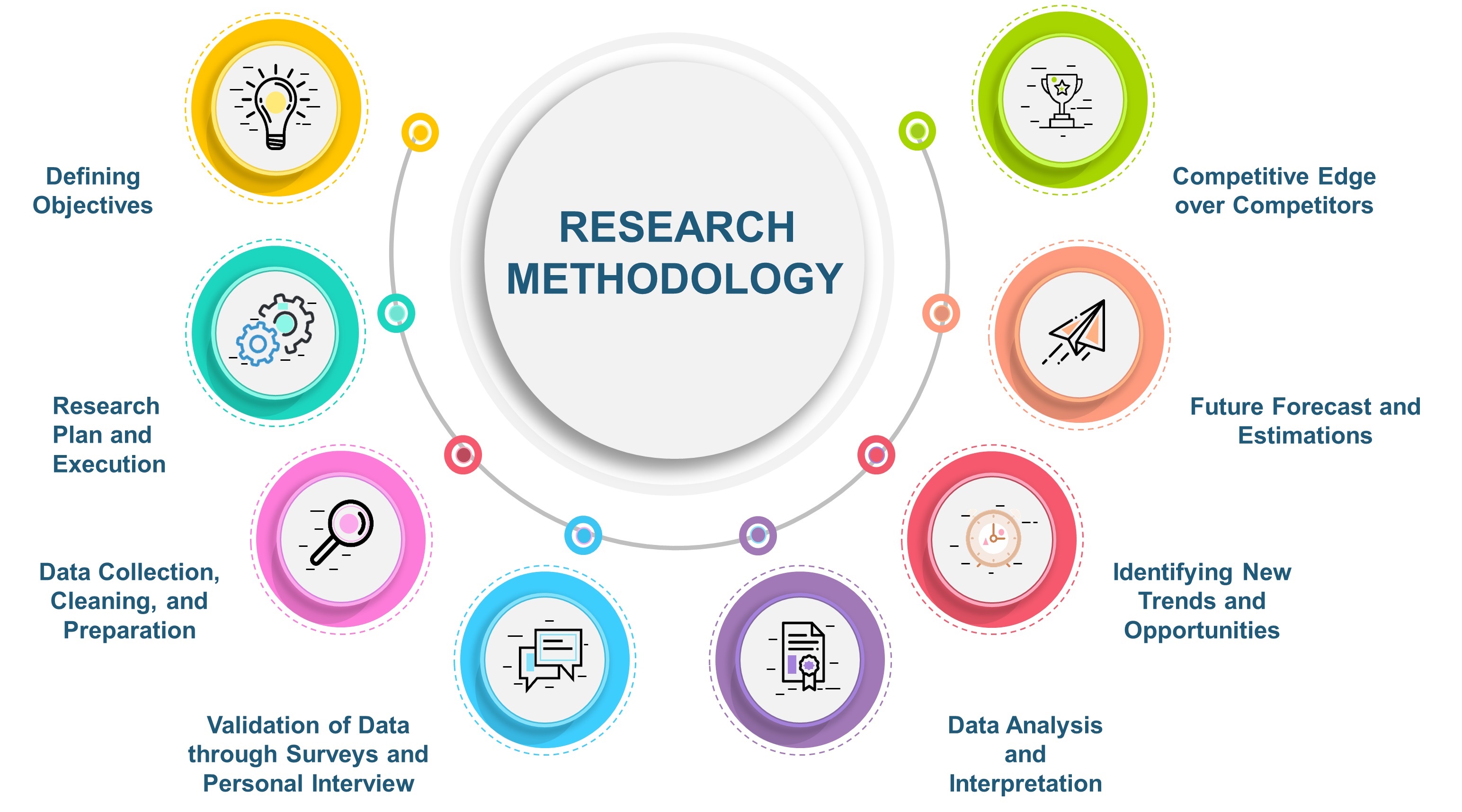
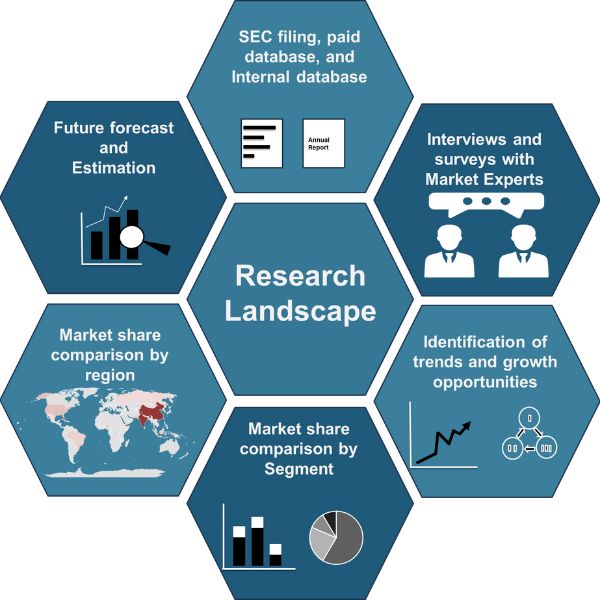
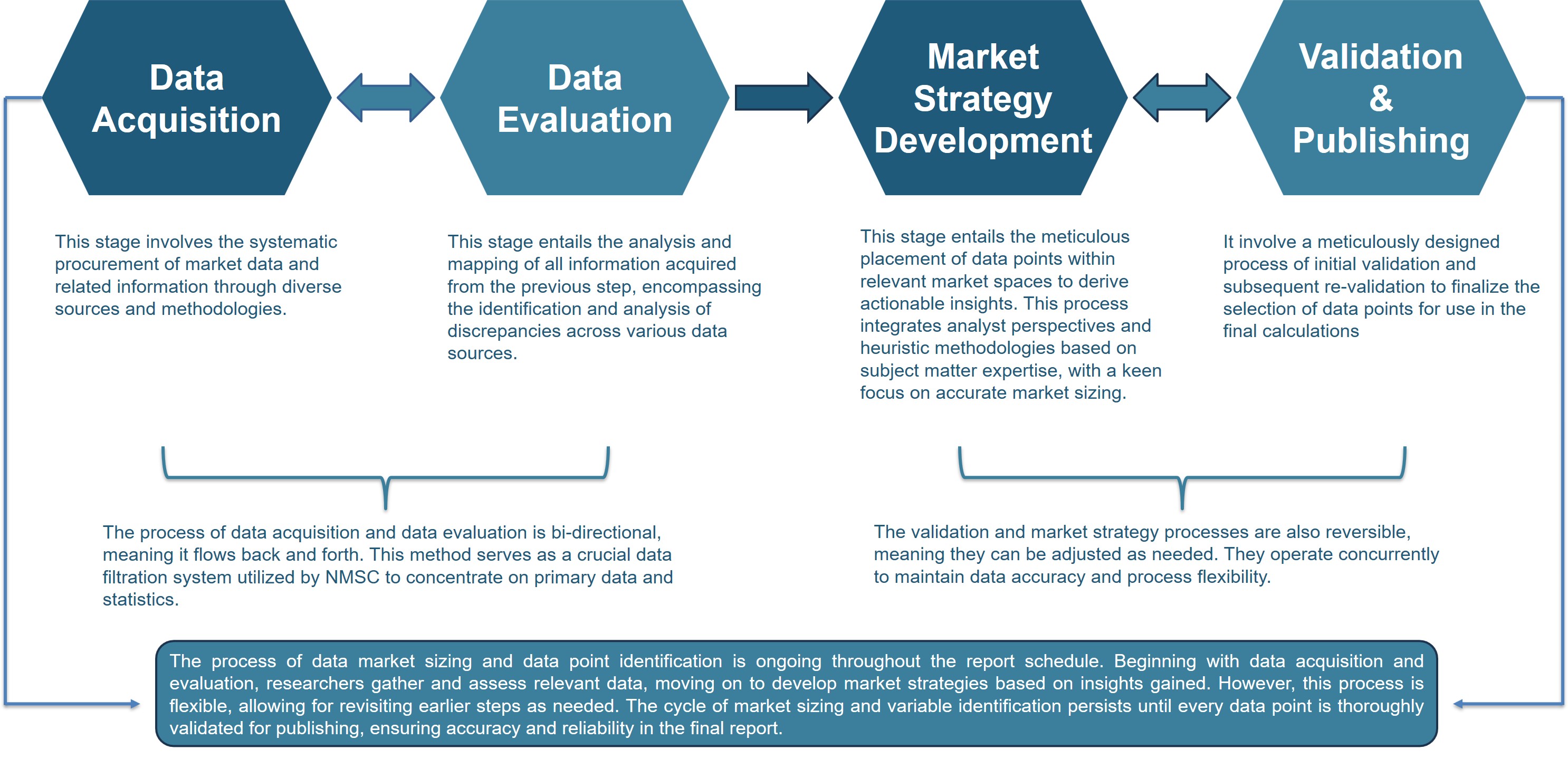
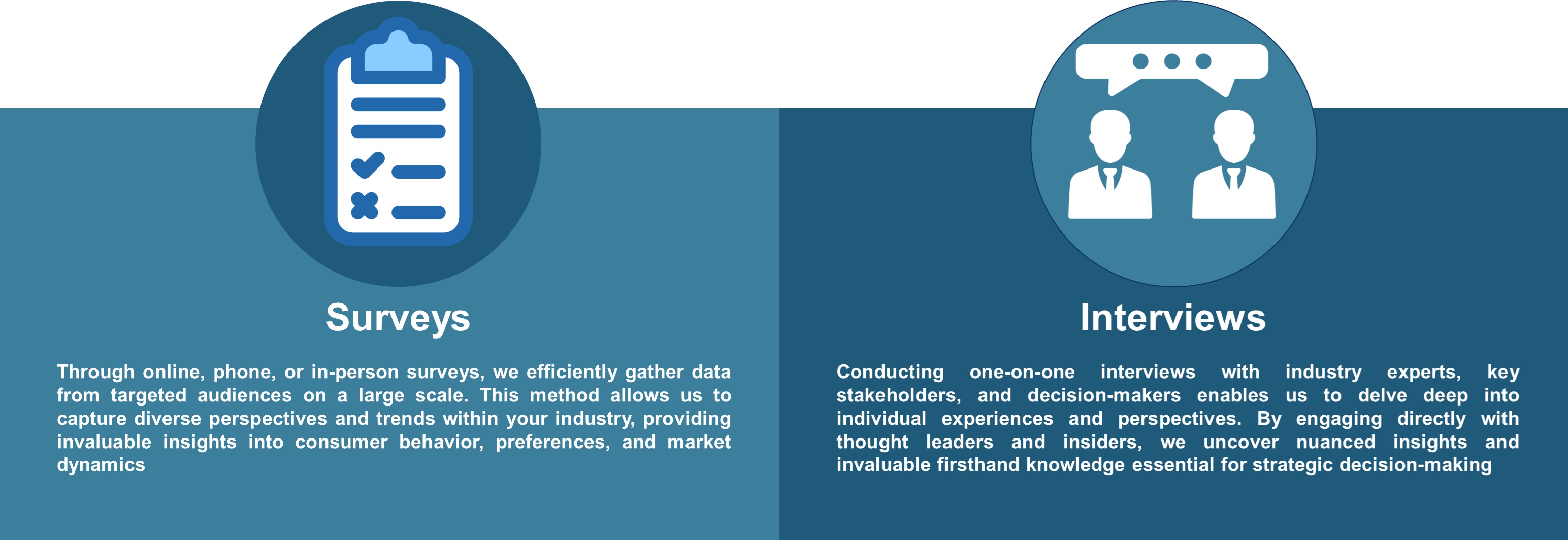


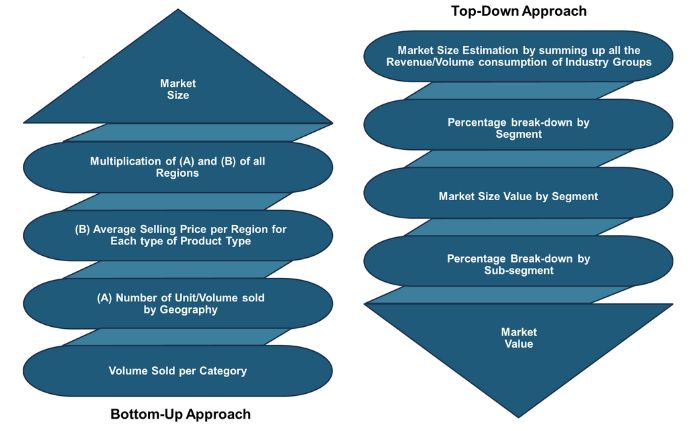
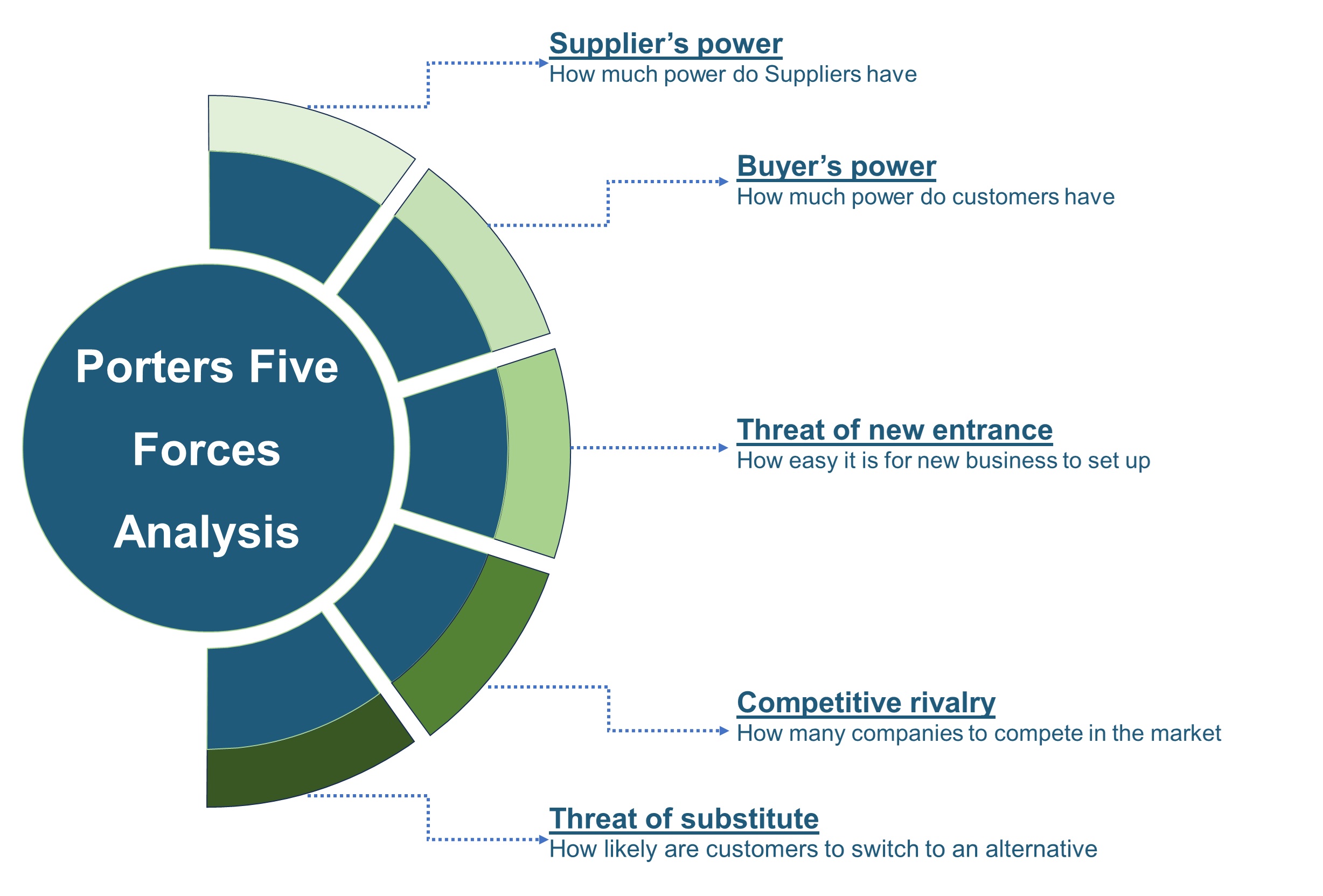


 Speak to Our Analyst
Speak to Our Analyst



